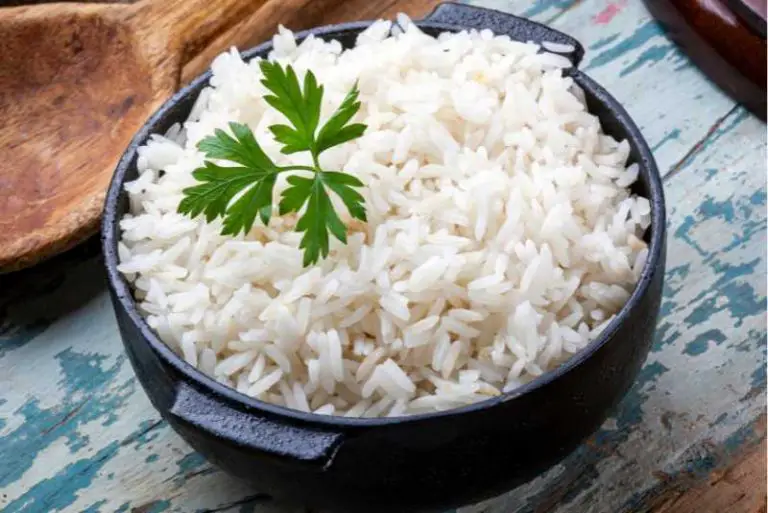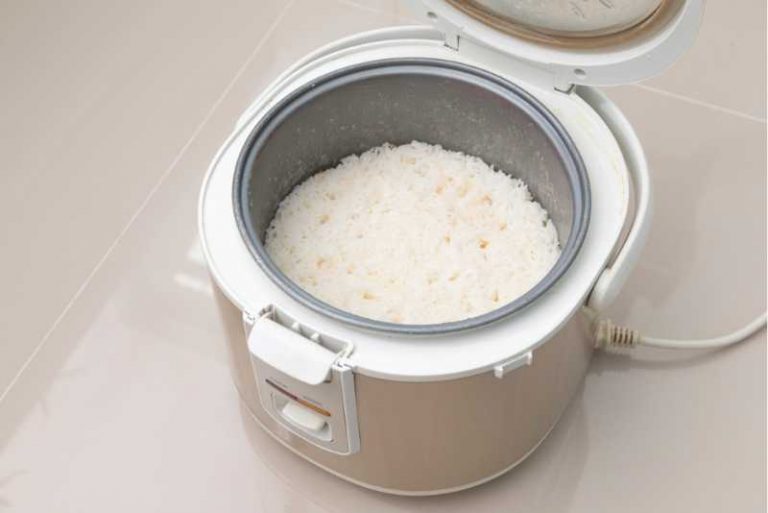How Many Slices Of Ham Is 2 oz? Detailed Guide!
Are you wondering how many slices of ham is equal to 2oz? Figuring out how much one portion should be is an important roadblock for anyone trying to eat healthier or control their weight. In fact, this is one of the most common questions people have is about portion sizes, particularly for deli meats like ham.
In short, there are approximately 2 to 3 slices of ham in a 2 oz serving. However, this number can vary depending on the thickness of the slices. For instance, thinly sliced ham tends to weigh less, which means you may get a few additional slices in a 2 oz portion.
For further details, refer to the table below, which showcases various types of ham and their corresponding number of slices per 2 oz serving.
Determining The Number Of Slices In 2 oz Of Ham
The number of slices in 2 oz of ham can vary depending on several factors, such as the thickness of the slices and the type of ham being used. Prepackaged deli ham typically comes in thin slices, while thicker slices are often found at the deli counter or when carving from the whole ham.
As a general guideline, you can consider the following estimates:
| Type of Ham | Approximate Number of Slices for 2 oz |
|---|---|
| Thinly sliced deli ham (prepackaged) | 4-6 slices |
| Thicker deli counter ham | 2-3 slices |
| Deli turkey (thicker slices) | 2-3 slices |
| Honey-glazed spiral-cut ham | 2-3 slices |
| Black forest ham (thinly sliced) | 4-6 slices |
| Prosciutto (very thinly sliced) | 6-8 slices |
Please note that these numbers are approximate and can vary depending on the specific product or brand. To ensure accuracy, it’s best to weigh your portions using a kitchen scale.
The Importance Of Portion Sizes
Paying attention to portion sizes is essential for maintaining a balanced diet and managing calorie intake. Eating to much ham can lead to weight gain, obesity, and other health issues, while under-eating can cause nutrient deficiencies and decreased energy levels.
By understanding portion sizes, you can make healthier choices and enjoy a variety of foods in moderation.
The Impact Of Overeating
Overeating can lead to several health problems, including:
- Weight gain: Consuming more calories than your body needs can result in weight gain over time. This can increase your risk of obesity, which is linked to numerous health issues such as heart disease, type 2 diabetes, and certain types of cancer.
- Digestive issues: Overeating can cause indigestion, bloating, and other gastrointestinal problems. Consuming large quantities of food in a short period can put stress on the digestive system, leading to discomfort and potential long-term issues.
- Mental health: Overeating can also impact your mental well-being. It can lead to feelings of guilt or shame, negatively affecting your self-esteem and overall emotional health.
The Impact Of Under-Eating
On the other hand, under-eating can also have negative consequences:
- Nutrient deficiencies: Consuming too few calories can lead to nutrient deficiencies, as you may not be getting enough essential vitamins and minerals from your diet. This can result in various health issues, such as fatigue, weakened immune function, and poor bone health.
- Decreased energy levels: Under-eating can cause a lack of energy, making it difficult to perform daily tasks and engage in physical activity. This can lead to a sedentary lifestyle, which has its own set of health risks.
- Hormonal imbalances: Not consuming enough calories can disrupt hormonal balance, leading to issues such as irregular menstrual cycles, fertility problems, and thyroid dysfunction.
By understanding portion sizes and consuming a balanced diet, you can avoid these potential health issues and maintain optimal well-being.
How Many Calories Are In 2 OZ Of Ham?
The number of calories in 2 oz of ham can vary depending on the type and cut of the ham, as well as any added ingredients or processing methods. On average, you can expect around 67 calories per 2 oz serving of ham. For example:
- Regular deli ham: A 2 oz serving of regular deli ham may contain approximately 67 calories.
- Honey-glazed or flavored ham: A 2 oz serving of honey-glazed or flavored ham may have slightly more calories, around 70-80 calories, due to added sugars and flavorings.
Please note that these numbers are approximate, and it’s essential to check the nutrition label on the specific brand or type of ham you’re consuming for accurate calorie information.
Additionally, keep in mind that leaner cuts of ham, such as low-fat or low-sodium varieties, may have fewer calories than their regular counterparts.

Tips For Managing Portion Sizes
Here are some practical tips for managing portion sizes, especially when it comes to deli meats like ham:
- Use a kitchen scale: A kitchen scale is an invaluable tool for accurately measuring portion sizes. Weighing your food can help you ensure you’re consuming the proper amount for your dietary needs.
- Read labels: If you’re purchasing prepackaged deli meats, take a look at the nutrition label. This information can help you understand the serving size and number of slices per serving.
- Visualize portions: If you don’t have a kitchen scale handy, use visual cues to estimate portion sizes. For example, a 2 oz serving of ham is roughly the size of a deck of playing cards or the palm of your hand.
- Plan meals in advance: Planning your meals ahead of time can help you make better portion choices. By knowing what you’ll be eating, you can ensure you have the right amount of food on hand and avoid overeating.
- Use smaller plates: Using smaller plates can trick your brain into thinking you’re eating more than you actually are. This simple change can help you manage portion sizes and prevent overeating.
- Portion out snacks: Instead of eating directly from a bag or container, portion out snacks into small bowls or containers. This way, you can control the portion size and prevent mindless overeating.
Deli Meats: A Closer Look
Deli meats, including ham, can be a convenient and tasty addition to your diet. However, it’s essential to keep in mind that not all deli meats are created equal.
Nutritional Considerations
When choosing deli meats, consider the following:
- Sodium content: Deli meats can be high in sodium, which can contribute to high blood pressure and other health issues if consumed in excess. Opt for lower-sodium options when available.
- Preservatives and additives: Some deli meats contain preservatives and additives, such as nitrates and nitrites, which have been linked to potential health concerns. Look for brands that use natural preservatives or are nitrate- and nitrite-free.
- Lean meats: Choose leaner cuts of meat, such as turkey or chicken, to reduce saturated fat intake. If you prefer ham, opt for a leaner variety when possible.
Storage and Safety
It’s essential to store deli meats properly to ensure their freshness and safety. Follow these guidelines:
- Refrigerate: Keep deli meats in the refrigerator at 40°F (4°C) or below. Store them in a sealed container or plastic wrap to prevent contamination.
- Consume within expiration date: Pay attention to the expiration date on the package and consume the deli meat within that time frame. If you notice any signs of spoilage, such as an off smell or sliminess, discard the meat.
Conclusion
Understanding portion sizes is crucial for maintaining a healthy diet and managing calorie intake. When it comes to ham, the number of slices in 2 oz will vary depending on the thickness and type of ham.
By using a kitchen scale, reading labels, and following other portion control tips, you can enjoy your favorite foods in moderation and maintain a balanced diet.






